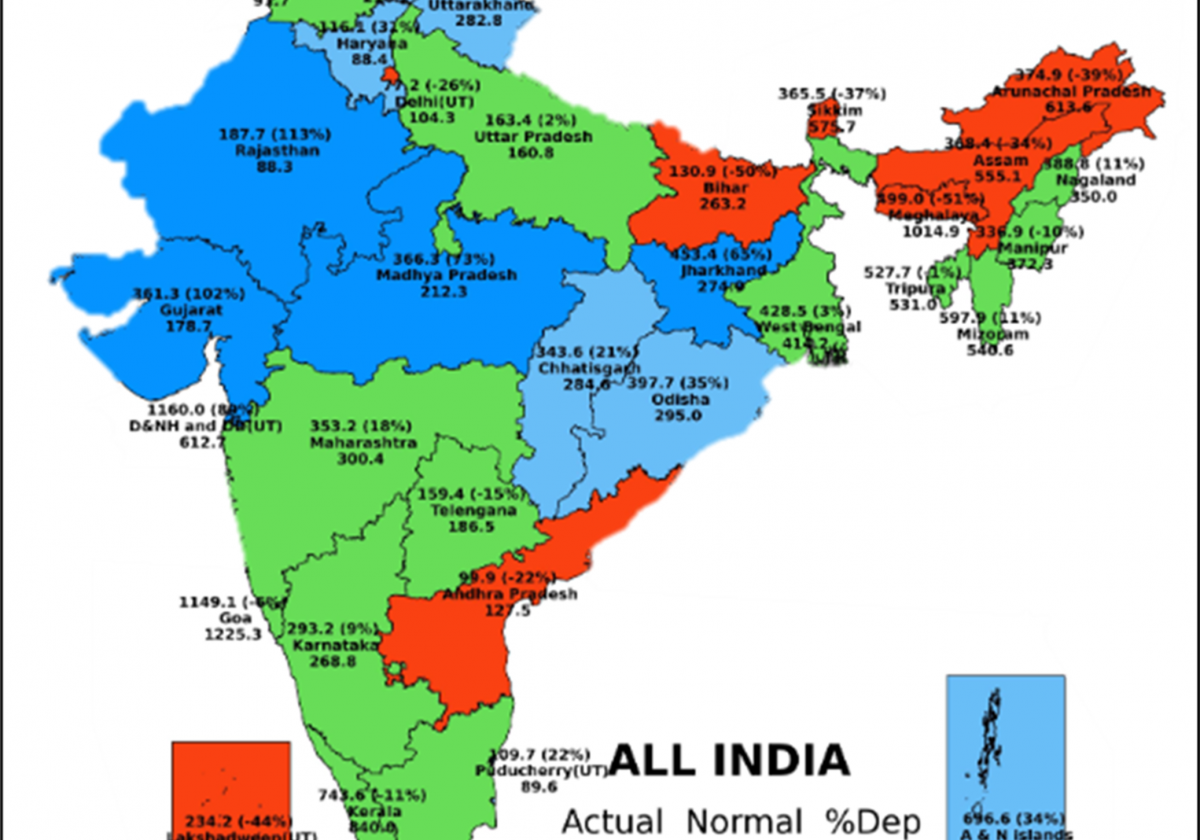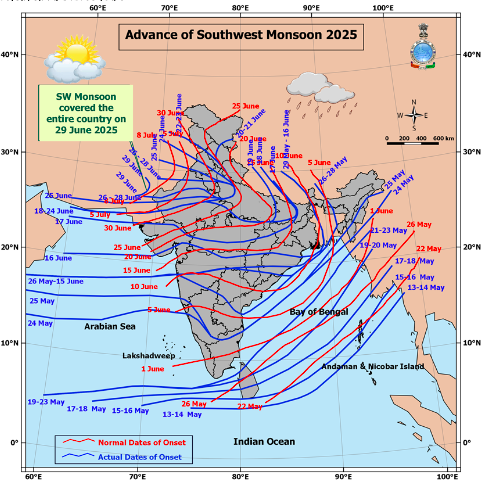Globally, the agriculture sector is one of the big emitters of CO2 responsible for the climate change we talk about today. With forestry and other related industries, agriculture is responsible for 25% of man-created greenhouse gas emissions.
To solve or even reduce the climate concern, usual electricity, transportation, or industry activities won’t cut it. Definitely not agriculture!
But having said that, IPCC (Intergovernmental Panel on Climate Change) states that the agriculture sector also has a vital role in helping us end this crisis and create a safe, sustainable future without carbon pollution.
The question is HOW?
Over time, practices, research, and new information, regenerative agriculture has been defined in many ways and has continued to evolve. In simple terms, regenerative agriculture is a holistic approach that focuses on the interconnection of farming practices and ecological systems as a whole.
Long before industrial agriculture occurred, indigenous communities used the concept of regenerative farming centuries ago that consisted of pre-modern farming principles which worked with the world’s most natural systems instead of against them.
Though there are many types of regenerative farms, all of them seek to follow five central principles that are mentioned below:
- Minimizing soil disturbances
Regenerative farming practices involve limited or no-tilling that minimize physical, biological, and chemical soil disturbances. - Soil coverage
Instead of relying on tilling, the practices focus on keeping the soil covered with vegetation and natural materials through mulching, protecting crops and pastures. - Increased plant diversity
Diverse plantations build healthy soils that retain excess water and nutrients that can be beneficial for farmers to obtain revenue from other sources and to other wildlife and pollinators. - Keeping roots in the soil living as much as possible
Having living roots in the soil by planting winter cover crops or having land in permanent pasture ensures that fields are never bare. Keeping living roots in the ground helps stabilize the soil, retaining excess water and nutrient runoff. - Include as many animals on the farms as possible
Manure produced by livestock can add valuable nutrients to the soil, reduce fertilizers, increase soil organic matter, and capture large amounts of carbon and water.
Conclusion
Maintaining soil life is the ultimate priority for each farming business, which appears to be a highly complex task nowadays, and a top objective of regenerative agriculture.
Recently, climate change has strongly impacted farming, and regenerative practices struggle to reverse it. Across the globe, farmers endure tremendous losses due to floods and droughts, high-temperature hits and severe frosts, and other various natural calamities that cast a severe threat to agribusiness and necessitate adaptation strategies.
Climatic patterns change compared to historical weather data. In some regions, precipitation is barely lower than the average ones while in other areas, they are excessively high and lead to floods—regenerative agriculture tackles droughts with the organic matter with its water-retention capacity and boosting soil fertility.
Sources: https://www.climaterealityproject.org/
https://www. cbf.org/
https://eos.com/








 Connect With Us
Connect With Us